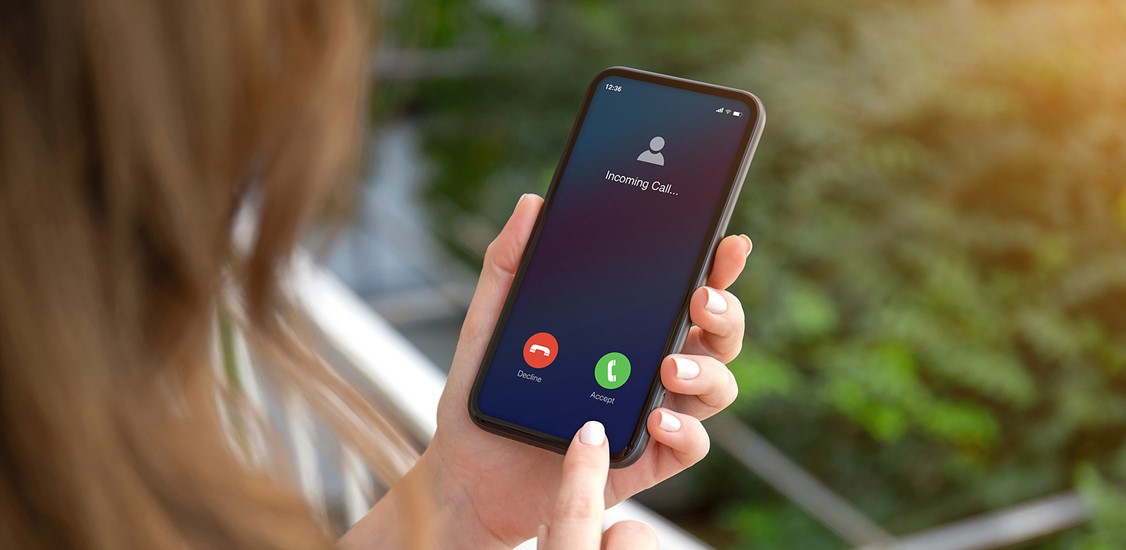Businesses that rely on voice calling to reach customers and constituents may at times feel like bystanders in the battle being waged by carriers, regulators and policymakers seeking to combat robocalls and the havoc they are wreaking on consumers’ lives. Americans were bombarded by 77 billion unwanted calls in 2020, completely eroding consumer trust in voice calling and leading to the inability to reach customers.
This onslaught of these spam calls has also led to a multi-faceted effort to blunt their impact and hold scammers accountable. A core piece of these efforts is the Pallone-Thune TRACED Act which aims to provide the Federal Communications Commission (FCC) and enforcement bodies with new abilities to quickly combat scammers and reduce fraudulent robocall schemes. Under the TRACED Act, carriers were required to implement STIR/SHAKEN technology, which combats caller ID spoofing for IP-based networks, or document their plans to do so by June 30, 2021.
While the call-to-action for carriers was clear, the role for businesses when it comes to ensuring the TRACED Act is successful was less so. Businesses, along with their customers, are the ones suffering the most. Robocalls have eroded trust in voice calling and made it far more difficult for businesses to reach and engage with constituents and customers.
Enterprise compliance requirements
Technically, there are no requirements for businesses to comply with the TRACED Act, but that does not mean that there are not concrete steps organizations can take to advance the legislation’s mission, protect their brands and, ultimately, their customers.
Here are some solutions the telecom industry is working on those enterprises should be mindful of:
- The creation of digital certificates for approved customers to use with authorized telephone numbers.
- Maintaining a central telephone number database.
- Providing legal documentation of authorization to switch services and telephone numbers from one provider to another.
- Use of distributed leger or blockchain technology to verify enterprise identity.
- Use of out-of-band authentication to send signals via another medium for better authentication.
While these solutions do have complementary value to STIR/SHAKEN, they do not qualify as actions that would ensure TRACED Act compliance and are not required of carriers or enterprises.
So what can enterprises do to ensure they are in compliance with the Traced Act? As standards and policies evolve there are a few simple actions that organizations can take to ensure they are prepared for any future requirements.
- Understand how and when their originating service provider is implementing STIR/SHAKEN or robocall mitigation programs.With the TRACED Act deadline in the rear-view mirror, partnerships with enterprise customers are now critical. Carriers are working hard to implement robocall mitigation strategies and restore trust in voice calling. Business leaders should familiarize themselves with the tactics and timelines behind those efforts.
- Follow good calling practices.There is plenty of advice available on how to effectively implement a calling strategy but following good calling practices is critical. Ensuring a good customer experience, closely monitoring volume, and focusing on the right metrics to track will help reduce ignored calls or complaints.
- Register calling campaigns with the top analytics engines.As the onslaught of robocalls leads to the proliferation of robocall blocking/filtering apps, it causes a big problem for organizations that rely on these calls. Registering legitimate telephone numbers with analytics engines or registries, such as FreeCallerRegistry.com, can affirm the phone numbers’ reputation with US carriers and ensure they are not flagged as spam by blocking apps.
- Explore branded calling. Consumers have become conditioned to not answer the phone unless they know who is calling, as evidenced by an 11 percent answer rate for unmarked phone numbers. Branded calling provides authenticated identification information on the incoming call screen––like organization name, logo, and reason for calling, thus enriching the user experience while ensuring recipients don’t miss important calls. More than half (52 percent) of consumers say that seeing brand information affects their trust in the call.




















